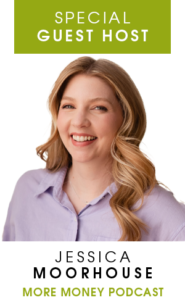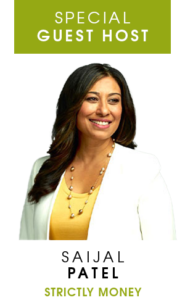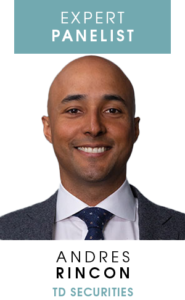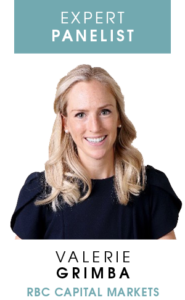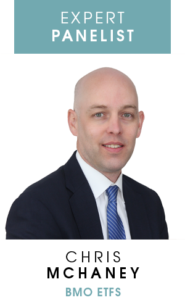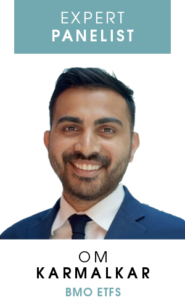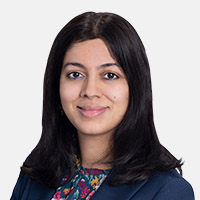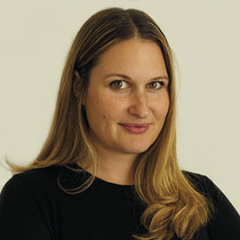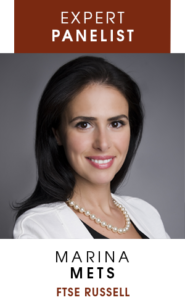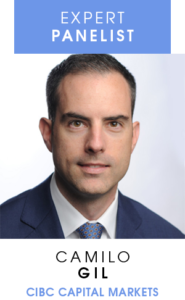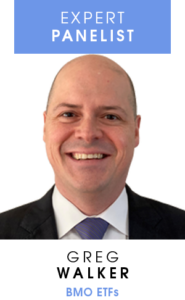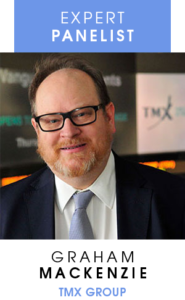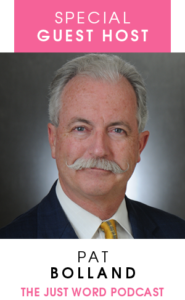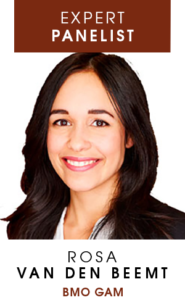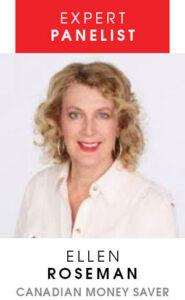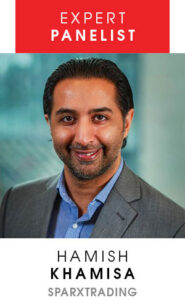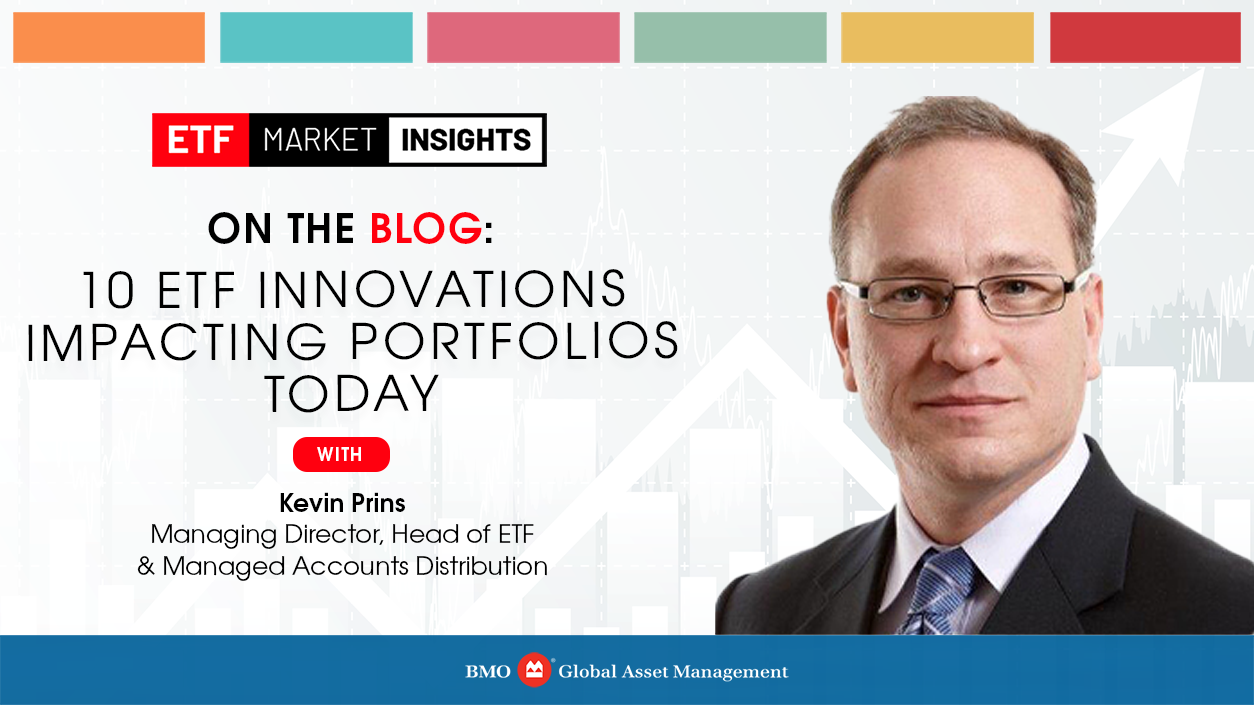
Over the past 14 years, we have seen significant change in the ETF industry in Canada. The best part of this change is the advancements that have helped investors build better portfolios today than they could before. As BMO enters our 14th year in providing ETFs, it is important to look back as we look forward.
Here are the top 10 ETF innovations that have helped to advanced portfolio construction:
1) Lower costs
Core holding ETFs have become even more cost efficient over the years. These are the broad market ETFs that follow known indexes such as the S&P 500. For example, BMO S&P 500 Index ETF (ZSP) is available at a 0.08 % fee. Lower fees help investors reach their goal faster and/or have their money last longer.
2) Factor based ETFs
Depending on your objectives there is an ETF for most types of investors. Not all investors want a broad market index, often they want a more tailored approach whether it be more cash flow, less volatility or more potential upside. In each case, there is now an ETF to meet this need. The Factor based approach to investing has been the core of active management, with ETFs now allowing investors access to this approach with the added benefit of transparent holdings to know exactly what one is invested in at anytime
3) Asset Allocation ETFs
This is an ETF that is effectively a basket of other ETFs, an all-in-one solution. With a range of asset mixes available from multiple ETF providers, all one needs to do is pick the basket that is aligned with their risk tolerance. Choices range from conservative to all equity growth and can be used as a core or complement to one’s investment portfolio.
4) Precision in fixed income ETFs
Fixed income ETFs have evolved and provide investors segmented options for flexibility in portfolio construction in the fixed income portion of their portfolio. This has helped investors to tailor their investment portfolio with short- or long-term holdings and added segmented solutions in credit exposure.
5) Covered Call ETFs
This was a popular investing strategy for high-net-worth investors to enhance cash flow. The challenge was it was not accessible by all as it required knowledge of derivatives and a higher level of assets to implement the trade. Now many more can access this strategy with ETFs with professional management.
6) ESG ETFs
Considerations around the environment, social and governance (ESG) issues have become part of the investing decision for many. Now one can build an entire investment portfolio out of a range of ESG ETFs to create a portfolio that aligns with their values and looks to reduce the impact of ESG related risks on their portfolio.
7) Money Market ETFs
Many look for a place to park cash to earn some higher interest rates for the short term. With money market ETFs one can easily put that money to work with the ability to access it at anytime through intra-day liquidity on the market.
8) Currency choices
For those investors that want to invest in foreign markets but don’t want to be exposed to currency fluctuations they can buy a currency hedged ETF. Those that want the added currency exposure also have many choices, and if they invest in a US dollar account, there are U.S exposures that are denominated in USD to avoid currency conversions. For snowbirds, “.U” or USD denominated ETFs, have simplified investing.
9) Active ETFs
The age-old debate of active vs. passive rages on. ETFs have evolved from a purely passive strategy to include many options for investors who prefer an active approach, or for who wish to combine the two approaches in the popular core and satellite strategy.
10) ETF Fund Facts Documents
ETF Fund Facts are a regulatory document that is required to be produced by all providers. These are simplified disclosure documents that provide a summary of exposures and costs. (Note the cost summary is limited until an ETF is one year old). This is a good place to start when doing your homework when investing in ETFs.
As the number of ETF choices continue to grow, we at BMO ETFs are confident that in the next 14 years portfolio construction will only continue to advance and are looking forward to future innovations in the industry.
DISCLAIMER:
Commissions, management fees and expenses (if applicable) may be associated with investments in mutual funds and exchange traded funds (ETFs). Trailing commissions may be associated with investments in mutual funds. Please read the fund facts, ETF Facts or prospectus of the relevant mutual fund or ETF before investing. Mutual funds and ETFs are not guaranteed, their values change frequently and past performance may not be repeated.
For a summary of the risks of an investment in BMO Mutual Funds or BMO ETFs, please see the specific risks set out in the prospectus of the relevant mutual fund or ETF . BMO ETFs trade like stocks, fluctuate in market value and may trade at a discount to their net asset value, which may increase the risk of loss. Distributions are not guaranteed and are subject to change and/or elimination.
BMO Mutual Funds are offered by BMO Investments Inc., a financial services firm and separate entity from Bank of Montreal. BMO ETFs are managed and administered by BMO Asset Management Inc., an investment fund manager and portfolio manager and separate legal entity from Bank of Montreal.
Changes in rates of exchange may also reduce the value of your investment.
®/™Registered trademarks/trademark of Bank of Montreal, used under licence.






